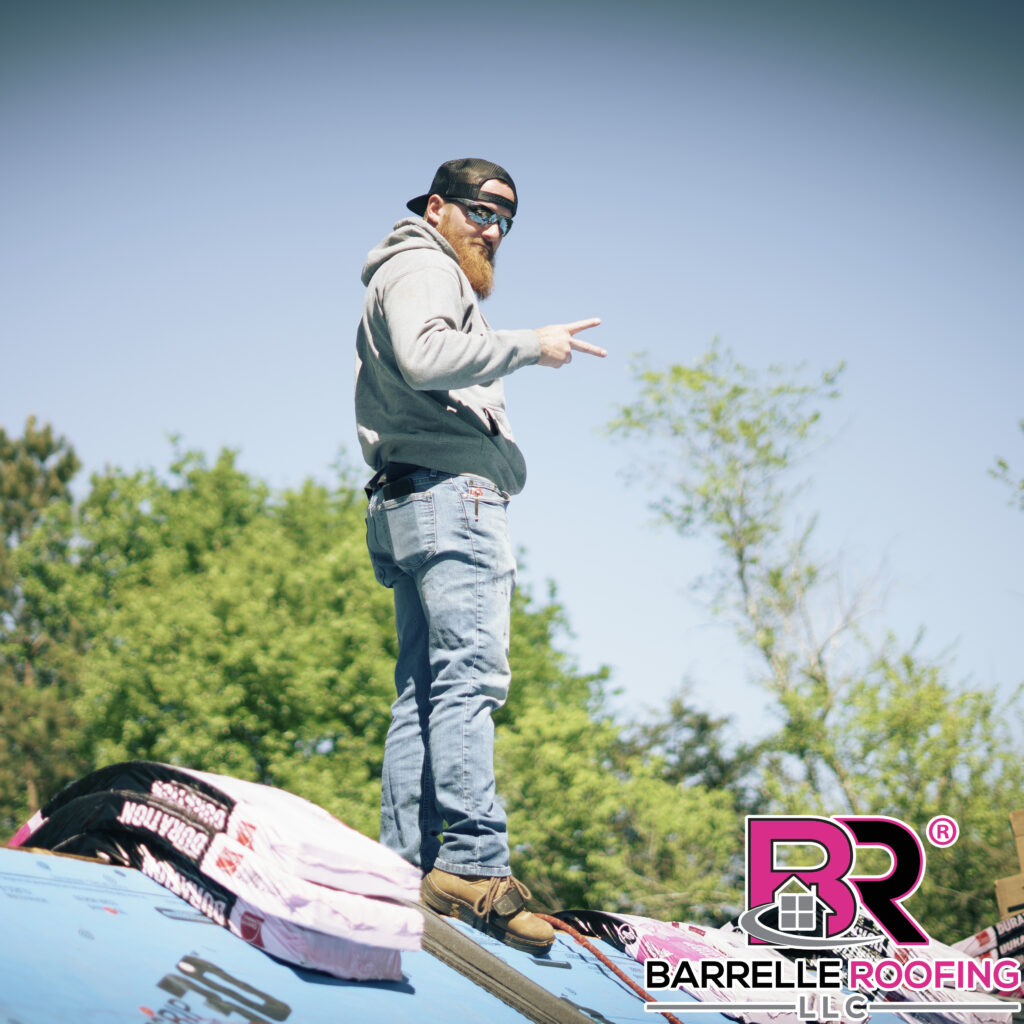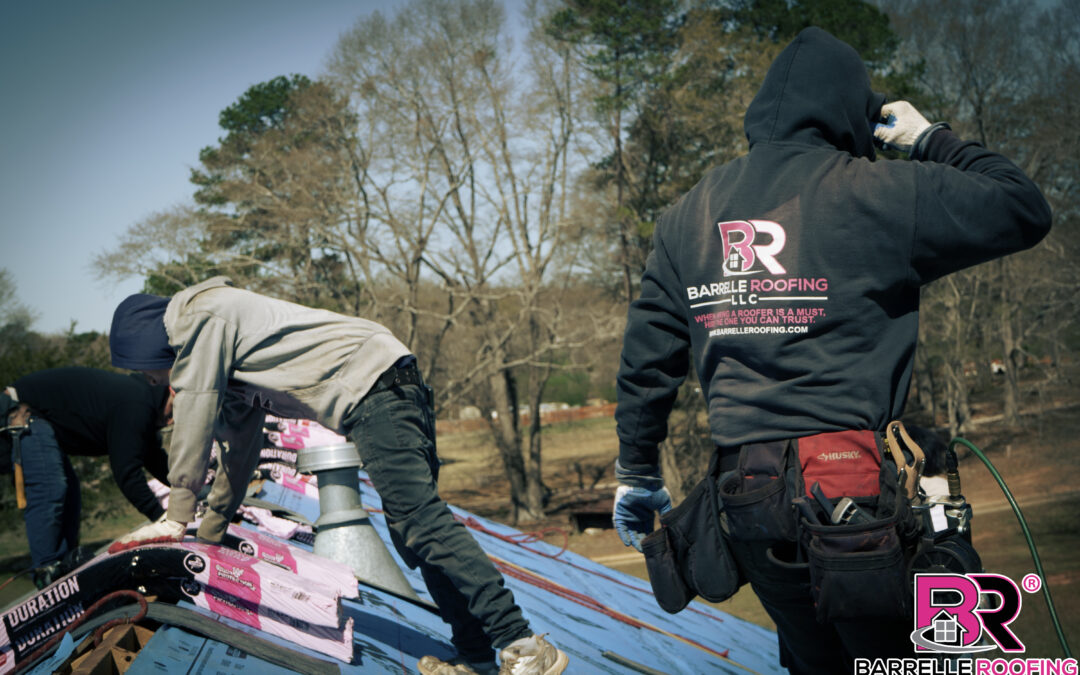Shingles Curling
If you’ve noticed that the shingles on your roof are starting to curl up at the edges or appear warped, don’t ignore it—this is a sign that something’s wrong.

Curling shingles are one of the early warning signs that your roof may need attention, and in some cases, immediate repair. Let’s take a closer look at what curling shingles mean and what steps you should take next.
Learn more HERE!
What Causes Shingles to Curl?
Curling shingles can happen for a few different reasons, but the most common include:
- Age and Wear: Most asphalt shingles are designed to last 20-30 years. As they age, they naturally start to deteriorate, dry out, and lose their protective granules. This can lead to curling at the edges or in the middle.
- Poor Ventilation: A poorly ventilated attic can cause heat and moisture to build up under your roof, which affects the integrity of your shingles from below. Excess heat and moisture can cause shingles to warp or curl prematurely.
- Improper Installation: If shingles weren’t nailed down correctly or if the wrong type of underlayment was used, they may not lie flat, especially as the years go on. Inadequate installation shortens the lifespan of your roof.
- Layering Shingles (Roof-Over): If a new roof was installed over an old one, rather than tearing off the old shingles first, the lower layer can shift or degrade, pushing the upper layer to curl or crack.
- Moisture Problems: Leaks or moisture trapped under the shingles can also cause curling, especially in areas where water tends to pool or drainage is poor.
What Should You Do If You See Curling Shingles?
1. Inspect and Document the Damage
If it’s safe to do so, take a look at your roof from the ground using binoculars or from a ladder (with caution). Take note of which areas are affected and whether the curling is localized or spread out.
2. Call a Professional Roofer for an Inspection
This is the most important step. Curling shingles could mean you have a small issue, or it could be a symptom of a larger problem like moisture damage or structural concerns. A professional can assess the extent of the damage and recommend a course of action—whether that’s a simple repair or a full roof replacement.
3. Don’t Delay Repairs
Even if the curling seems minor, it can lead to bigger issues like leaks, mold, and rot if left unattended. Shingles that are no longer lying flat can’t protect your home from the elements as effectively.
4. Consider Roof Replacement if Widespread
If curling is happening all over your roof, and the shingles are near or past their expected lifespan, it may be time to consider a full roof replacement. Investing in a new roof can actually save you money long-term by improving energy efficiency and preventing water damage.
Final Thoughts
Curling shingles are a red flag that your roof needs some attention. Don’t wait until you see water stains on your ceiling or shingles falling off—catching the problem early can prevent more costly damage. If you’re in the Loganville, GA area and notice signs of curling or aging shingles, give us a call. Our experienced team is here to help keep your home safe, dry, and looking its best.
📞 Call us now to schedule your roof inspection!
